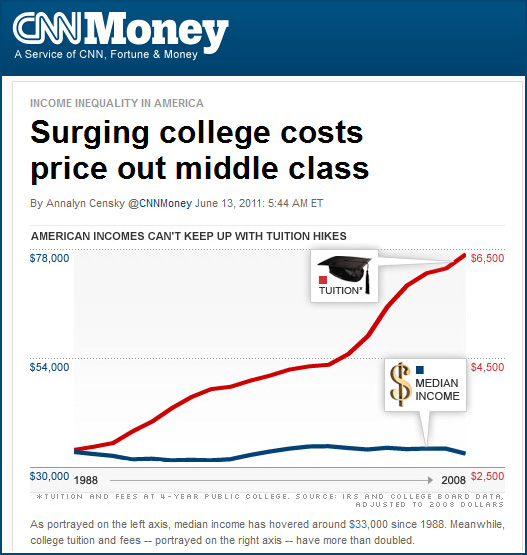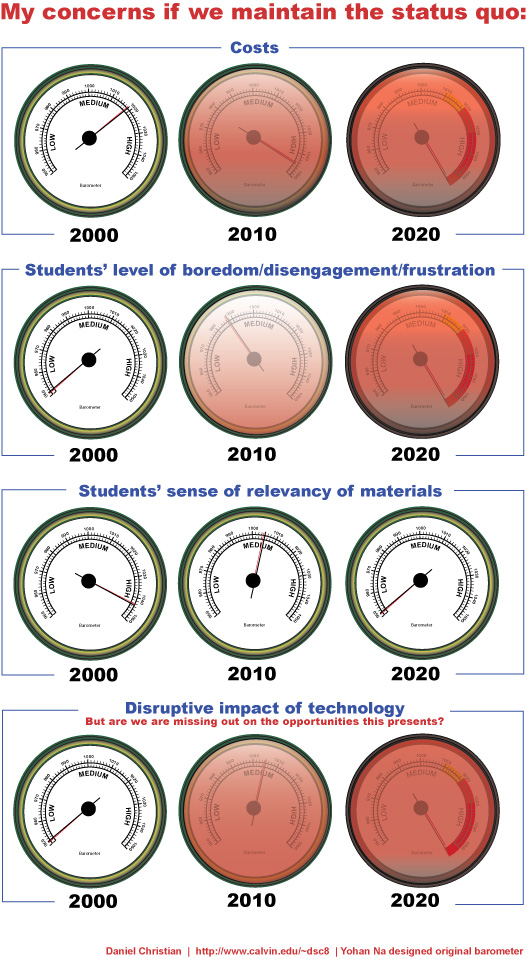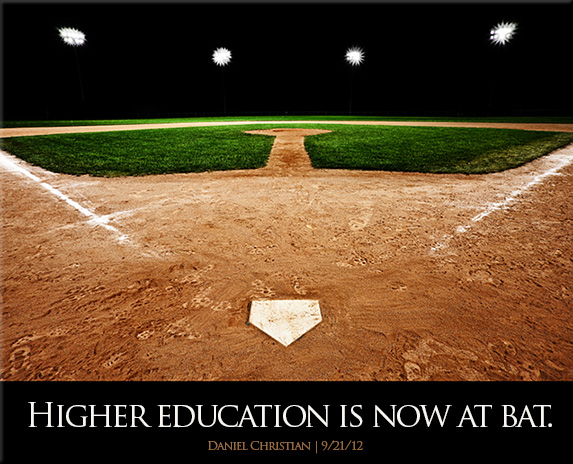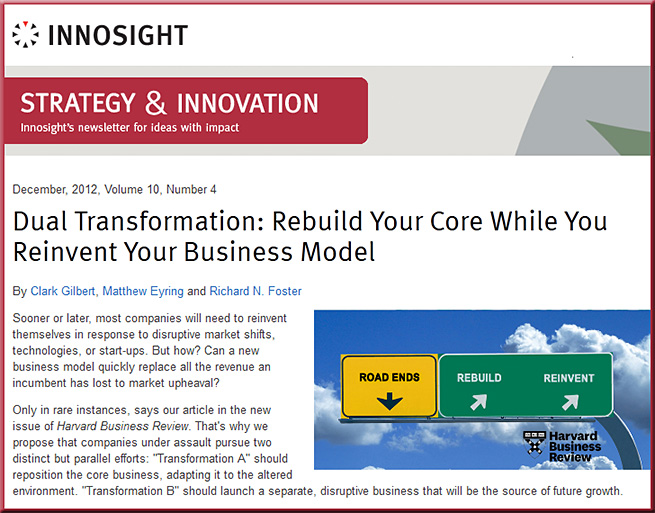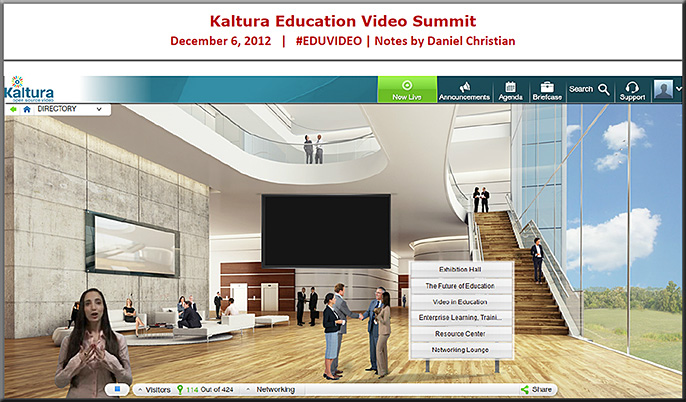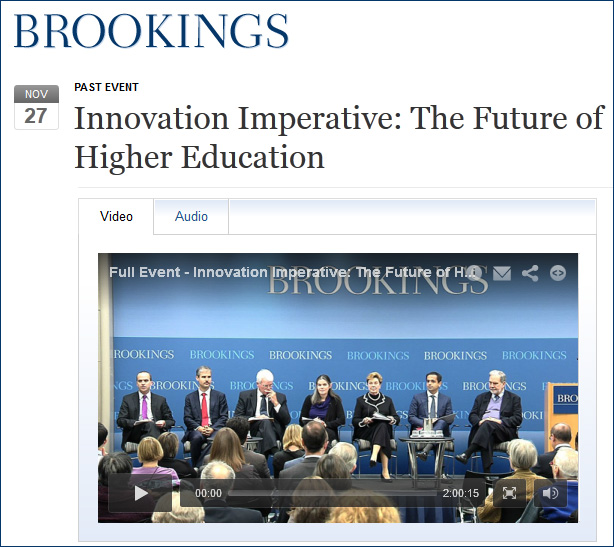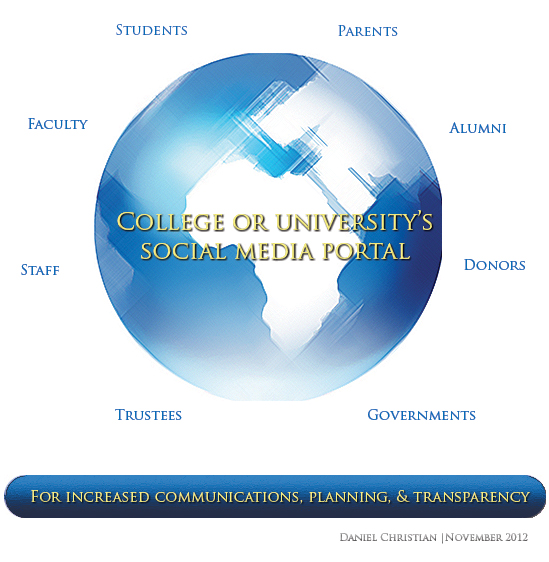From DSC:
Whereas:
- The Walmart of Education continues and higher ed finds itself in a game-changing environment
- The pace of change continues to accelerate
- Disruptive innovations continue to poke at the higher education bubble
- There is danger in the status quo
- We all need to constantly reinvent ourselves and our organizations in order to remain relevant…
…institutions of higher education would be wise to significantly increase the priority of experimentation on their campuses during 2013. This might take the form of creating smaller, more nimble organizations within their overall universities or colleges, or it might be experimenting with new business models, or it might be identifying/experimenting with promising educational technologies or new pedagogies, etc. I will have several blog postings re: experimentation — and potential things to try out — during 2013; so stay tuned.
Whether we are staff, faculty, or administration, change is coming our way in 2013. So starting today, get involved with further innovations and experiments on your campus — don’t be a roadblock or you will likely find your institution eventually becoming irrelevant. As Steve Jobs did/believed, cannibalize your own organization before someone else does.











